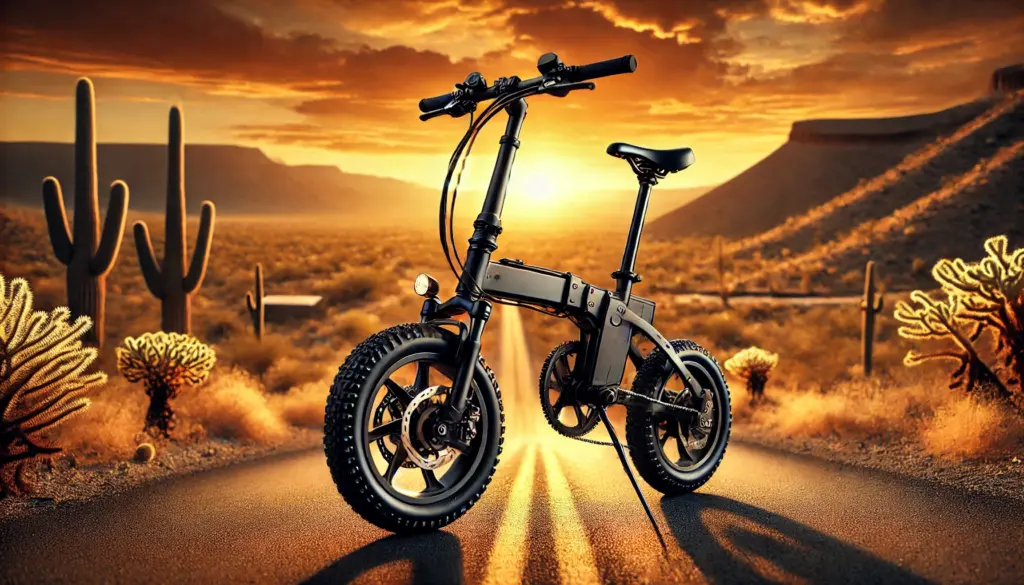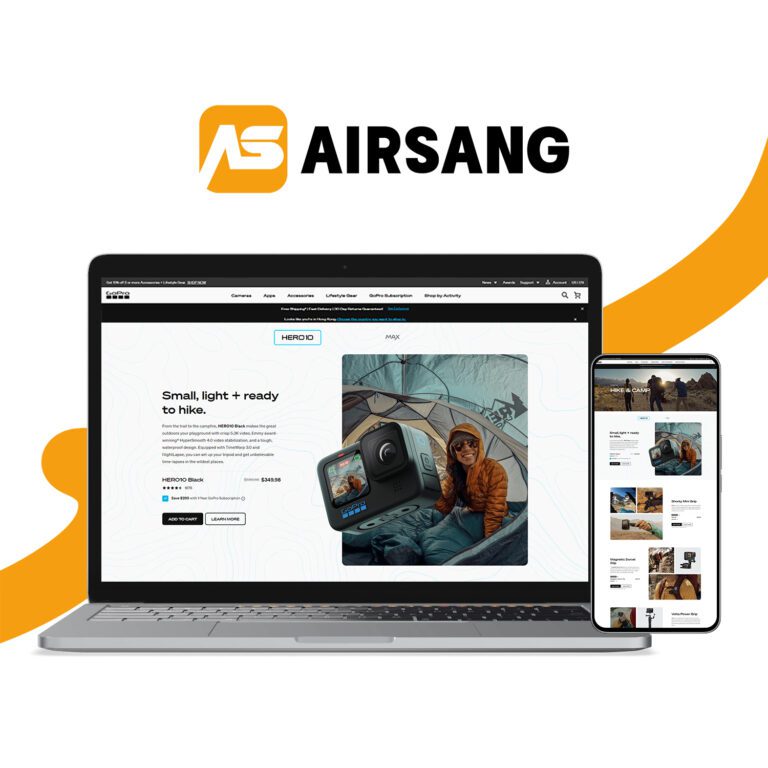How do factory sellers build an Ebike independent station from scratch?

With the rapid development of the Ebike market, more and more factory sellers are considering setting up independent sites. However, many sellers have a large information gap in this process. Just like I once saw an article mentioning that bosses who have supply chains don’t understand marketing, and bosses who understand marketing don’t have supply chains, this phenomenon also applies to the Ebike industry. I deeply understand that the key lies in how to overcome communication barriers and narrow the information gap. This article will share how to build an Ebike independent site from scratch as a factory seller.
Why build an Ebike independent station?
Before we delve into how to build an Ebike independent station, we need to understand why we should build an independent station. Unlike platform sellers, independent stations bring more control and flexibility to factory sellers. The specific benefits are as follows:
<1>Brand image control:
Independent website gives you full control over brand display and user experience. You can customize website design, content and functions according to brand needs to make your brand image more distinctive.
<2>Ownership of Customer Data:
Customer data is a vital asset. On an independent website, all customer data belongs to you, while on a platform, the data usually belongs to the platform. Having customer data can help you better analyze user behavior, purchasing habits, etc., and provide a basis for formulating precise marketing strategies.
<3>Customer Relationship Management:
An independent website allows you to interact and communicate with customers more directly, provide personalized services and after-sales support, and thus enhance customer stickiness and satisfaction.
<4>The payment cycle is shorter and the capital turnover is more flexible:
The platform usually requires a deposit of one month or half a month, and if the store is closed or fined, it may have a negative impact on the company’s cash flow. The payment cycle of an independent website can usually be T+7 weeks, and the capital turnover is more flexible and safe.
<5>Marketing flexibility:
Independent sites are not restricted by platform rules. You can freely choose a variety of marketing channels, such as SEO, SEM, social media marketing, email marketing, etc., which is flexible.
<6>Increase brand awareness and loyalty:
Independent websites help build brand stories and culture, and enhance brand awareness and loyalty.
The difference between independent stations and platforms
<1>Control and flexibility:
Platforms are usually limited by platform rules, with low customization, limited page design and user experience. Independent sites are completely independent and can be customized according to brand needs.
<2>Marketing and traffic acquisition:
The platform has its own traffic, but the competition is fierce and you need to pay advertising fees or platform commissions. Independent sites need to obtain traffic on their own. Although the initial investment is large, in the long run, the marketing method is more flexible.
<3>Fee Structure:
The platform needs to pay registration fees, transaction commissions, advertising fees, etc., while the costs of an independent site are mainly domain name, server and website maintenance fees, with no platform commissions.
<4>Brand independence:
On a platform, brands tend to be attached to the platform, and users may perceive the platform more than the brand itself. Independent sites have stronger brand independence, and users’ perception is mainly focused on the brand.
<5>Customer Data:
On the platform, customer data is usually controlled by the platform, and the use of data is limited. Independent sites allow you to master all customer data, which can better conduct user analysis and precision marketing.
In general, independent websites provide greater autonomy and flexibility for brand development, but they also require more investment and long-term maintenance. In contrast, platforms are suitable for quick market entry and leveraging existing traffic, but they also have some limitations. Both have their advantages and disadvantages, and the choice of which method should be determined based on the actual situation and strategic goals of the enterprise.
How to build an Ebike independent station from 0 to 1?
After clarifying the advantages of independent stations, let’s talk about how to build an Ebike independent station from scratch. Many factory owners did not have a clear understanding of independent stations at the beginning, so they chose to operate them on behalf of an operation company. However, due to the mixed quality of the operation companies, most of the results are not satisfactory, and ultimately require large-scale optimization or template replacement. In this article, I hope to help you avoid some detours. Here are some key steps to build an Ebike independent station:
<1>Market research and positioning:
First of all, it is crucial to define your target market. Are you planning to enter the US market, the European market, or build a global site? At the beginning, it is recommended to focus on one market (such as the US market), and then analyze the top sites in the Ebike category in the US market to understand their structure, visual style, site modules and features, which will help you determine important elements such as the brand’s color scheme.
<2>Determine the website domain name:
Choose a concise and memorable domain name based on the brand name, and avoid using complex characters such as hyphens. If conditions permit, you can purchase a domain name similar to the brand to ensure the independence of the brand.
<3>Design brand logo:
The brand logo is very important and is a symbol used by the brand for a long time. According to the previous brand color scheme, find a designer to design a logo that matches the brand image.
<4>Website construction and template selection:
Generally speaking, you can build a website through the platform. However, Ebike sites are different from other product sites and need to be secondary developed based on the purchased templates, which requires operators to have certain technical capabilities.
<5>Website visual design:
Good visual design is the key to building a successful independent website. Many Ebike sites do not put enough effort into visual design, which makes it difficult to highlight the brand image and the conversion rate is not high. It is recommended to plan the visual design of the website as early as possible, including model selection, shooting scenes and props preparation, etc. For sellers with limited budgets, you can consider shooting by yourself or working with our photographers, and try to avoid using too ordinary models and scenes to avoid affecting the uniqueness of the brand.
Conclusion
Building a successful Ebike independent website requires careful planning and execution. Through the above steps, you can better build a brand-independent website for yourself. However, website construction is just the beginning, and subsequent operation and marketing are equally important. If you have any questions or ideas, please feel free to contact and discuss. I hope this article is helpful to you, and you are also welcome to leave a message to interact and put forward valuable suggestions.
















